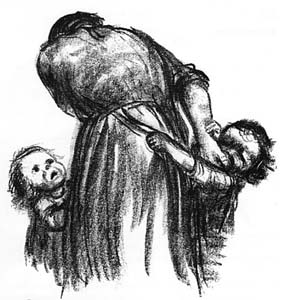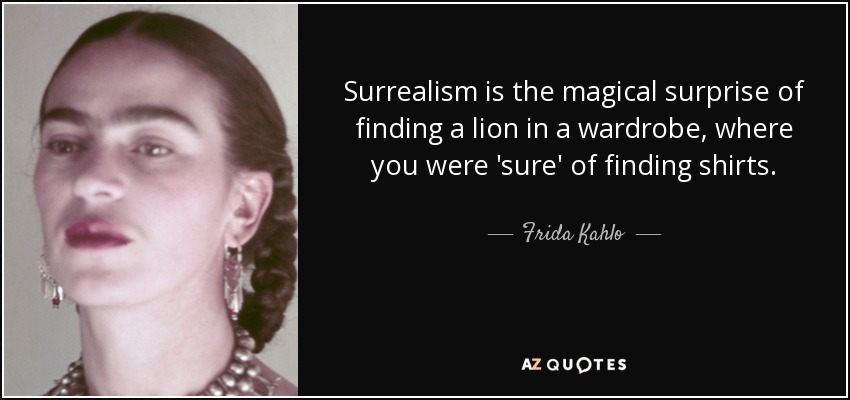Gabriele Munter, Portrait of Marianne Werefkin, 1909
Gabriele Munter, Boating, 1910
Vanessa Bell, The Tub, 1917
Sonia Delaunay, Coverture, 1911
Sonia Delaunay, Simultaneous Contrasts, 1912
Hannah Höch, DADA-Dance, 1919-21
Hannah Höch, The Kitchen Knife, 1919
Käthe Kollwitz, Memorial For Karl Liebknecht, 1919
Käthe Kollwitz, Self Portrait Facing Right, 1938
The Female Body
Suzanne Valadon, Grandmother and Young Girl Stepping into the Bath, c.1908
Suzanne Valadon, The Blue Room, 1923
Frida Kahlo, The Broken Column, 1944
Frida Kahlo, Self Portrait with Monkey, 1940
Frida Kahlo, The Two Fridas, 1939
Frida Kahlo, The Flying Bed, 1932
Camille Claudel, La Valse, 1895
Romaine Brooks, White Azaleas or Black Net, 1910
Romaine Brooks, Self Portrait, 1923
Georgia O'Keefe, Black Hollyhock, Blue Larkspur, 1930
Georgia O'Keefe, Yellow Calla, 1930
Pan Yuliang, Nude Study, 1947
Pan Yuliang, Self Portrait, 1945
Ana Mendieta, Untiltled (Silueta Series), 1978
Gender, Race and Modernism
Lee Krasner, Noon, 1947
Helen Frankenthaler, Mountains and Sea, 1952
Louise Bourgeois, Fillette, 1968
Louise Bourgeois, Arch of Hysteria, 1993
Eva Hesse, Hang Up, 1966
Faith Ringgold, Die, 1967
Faith Ringgold, The Wedding: Lover's Quilt No.1, 1986
Betty Saar, The Liberation of Aunt Jemima, 1972
Augusta Savage, Lift Every Voice and Sing, 1939
Alma Thomas, Elysian Field, 1973
Thelma Johnson Streat, Rabbit Man, 1941
Feminist Art
Judy Chicago, The Dinner Party, 1974-79
Judy Chicago, "Virginia Woolf", The Resurrection Triptych, 1973
Nancy Spero, Codex Artaud, 1970-71
Miriam Shapiro, Anatomy of a Kimono, 1976
Joyce Kozloff, Hidden Chambers, 1975
New Directions: Postmodernism, Performance, Place
Barbara Kruger, Untitled (Your Gaze Hits the Side of My Face) 1981
Jenny Holzer, Selection of Truisms, 1982
Cindy Sherman, Untitled Film Still, 1979
Sherrie Levine, After Walker Evans, 1936
Adrian Piper, Vanilla Nightmares No.2, 1986
Adrian Piper, Cornered, 1988
Yoko Ono, Cut Piece, 1964
Marina Abromovic, Imponderabilia, 1977
Maria Abromovic, The Artist is Present, 2010
Rachel Whiteread, Monument, 2001
Maya Lin, Vietnam Veterans Memorial, 1975
Sophie Calle, Ghosts, 1991
Doris Salcedo, Untitled, 1990
Shirin Neshat, Turbulent, 1998
Shirin Neshat, The Last Word, 2003
Ghada Amer, Eight Women in Black and White, 2004









